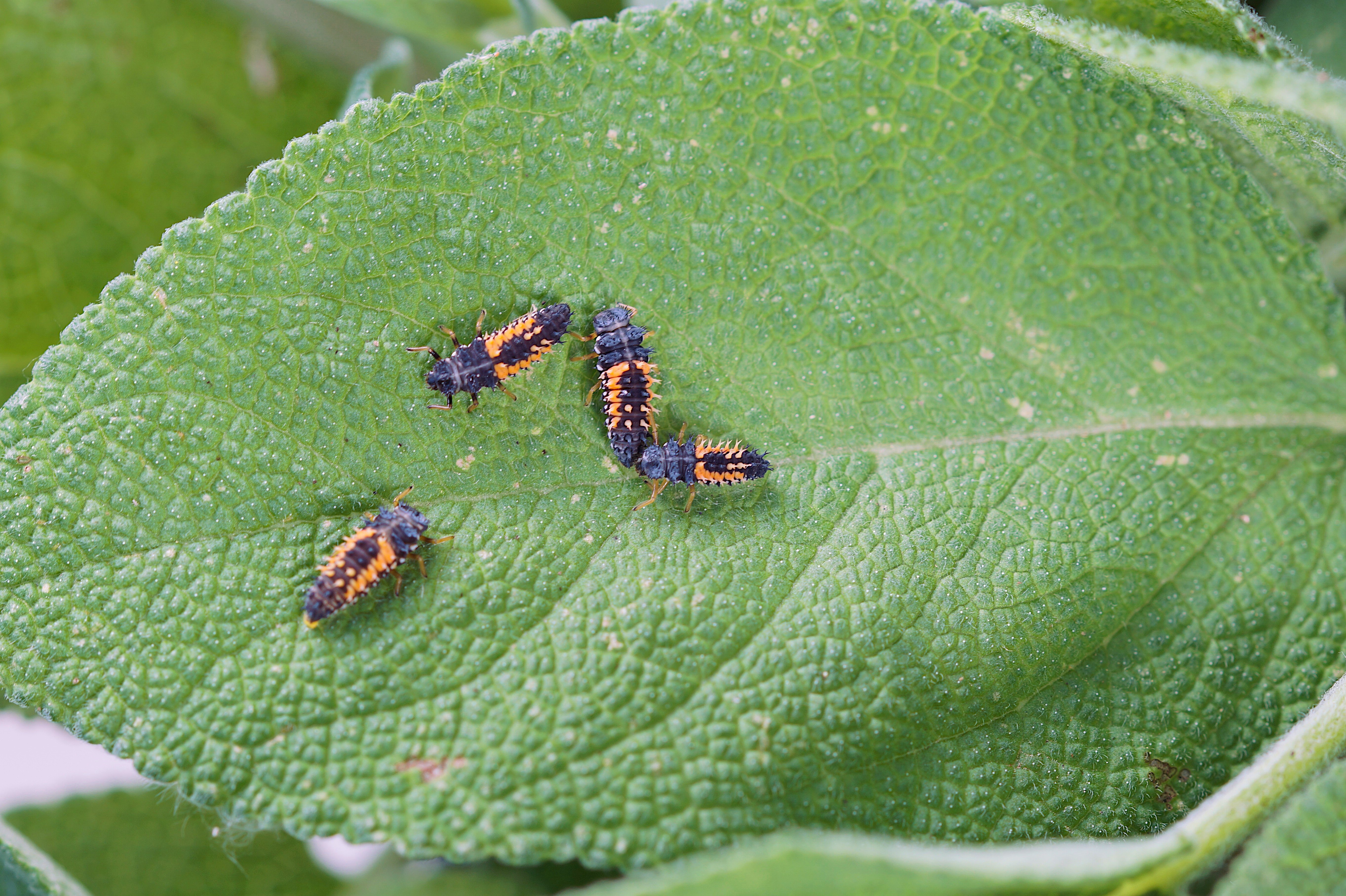Selective Action Preserves Important Pest Predators

In farm fields across the world, hundreds of species of predatory insects are hard at work, serving as natural pest control in crops. These predators may be specialists that feed on one specific type of pest, or generalists that take their meals when they can get them, feeding on several species. Whether they’re as big as a beetle or as tiny as a mite, predatory species are invaluable helpers on the farm, consuming larvae before they feed on leaves, reducing adult pest populations before they reproduce and generally keeping pests in check.
As scientists and farmers learn more about predatory insects and the role they play, it’s clear that protecting their populations makes sense for sustainability and profitability, too.
Older, legacy insecticides tend to work across a broad spectrum of insects. That means applying these products to a field can wipe out not only the pests a farmer is targeting, but beneficial predators, too. This can cause unintended effects: As one pest comes under control, a secondary pest outbreak—or flare—occurs.
Newer, more selective insecticides, such as Isoclast™ active, control targeted pests with minimal impact on beneficial predators. This allows farmers to use two pest control methods—insecticide products and natural predators—to protect their crops. Isoclast has been studied extensively in populations of predatory insects. When used according to the label, Isoclast doesn’t cause a significant impact on populations of key beneficial predators, including lady beetles, spiders, assassin bugs, lacewings and even predatory mites. Research also shows that use of Isoclast does not contribute to pest flaring, so farmers can worry less about trading one pest problem for another.
When native populations of predators are protected, farmers also save money and resources. They may not need to spray as much insecticide or to apply it as often. Isoclast also complements the practice of introducing populations of predatory species to a field, something many farmers do as part of an Integrated Pest Management (IPM) strategy. With a targeted pest management approach, farmers can protect their crops and let beneficials thrive—a winning partnership that helps the whole farm.
 Isoclast works selectively to control certain pests without disrupting populations of beneficial predatory insects like lady beetles (larvae shown here), which feed on damaging aphids.
Isoclast works selectively to control certain pests without disrupting populations of beneficial predatory insects like lady beetles (larvae shown here), which feed on damaging aphids.
Learn more about Isoclast active